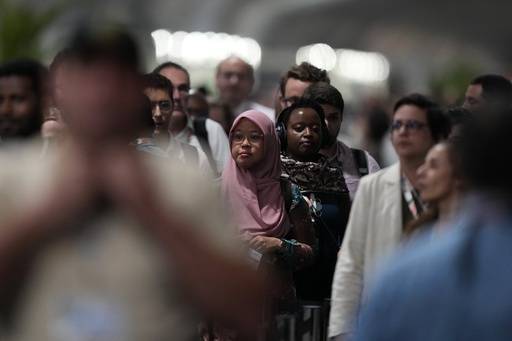Extreme fire: ‘unprecedented risk’ poorly understood
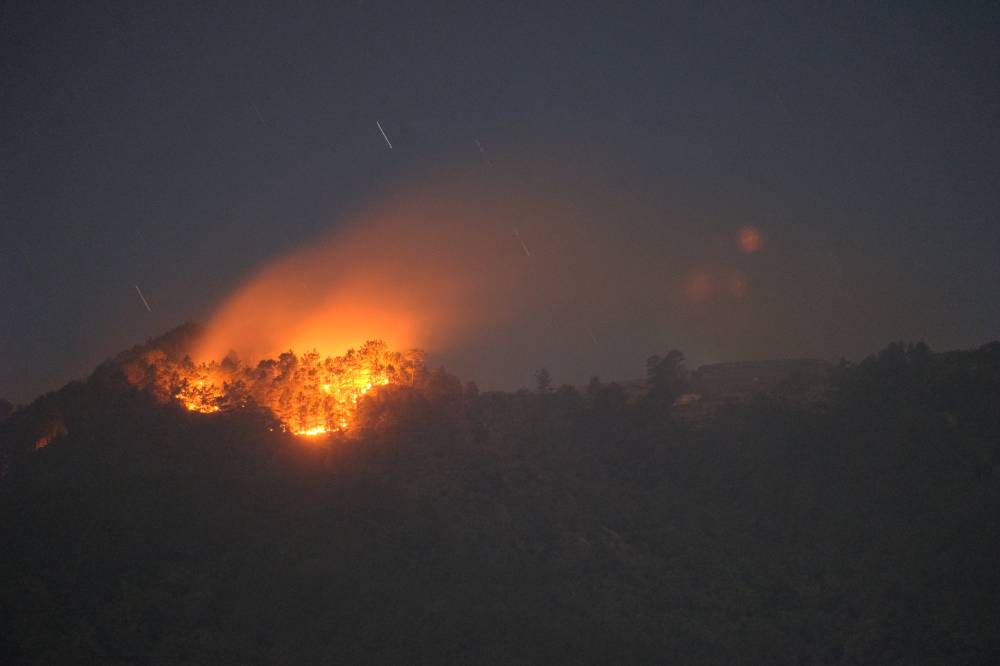
In an era of town-torching megablazes spewing smoke plumes visible from space, scientists say there is still a lot they don’t know about the effects of extreme fire on people, nature, and the climate.
Athens, Maui, and now Los Angeles are among major cities across the globe to suffer catastrophic fires, while blazes in Canada’s forests have broken records in recent years.
Changes in fire behavior wrought by climate change and other human influences represent “an unprecedented risk that is still very poorly understood,” an international group of scientists warned last year in a report for the European Space Agency and FutureEarth.
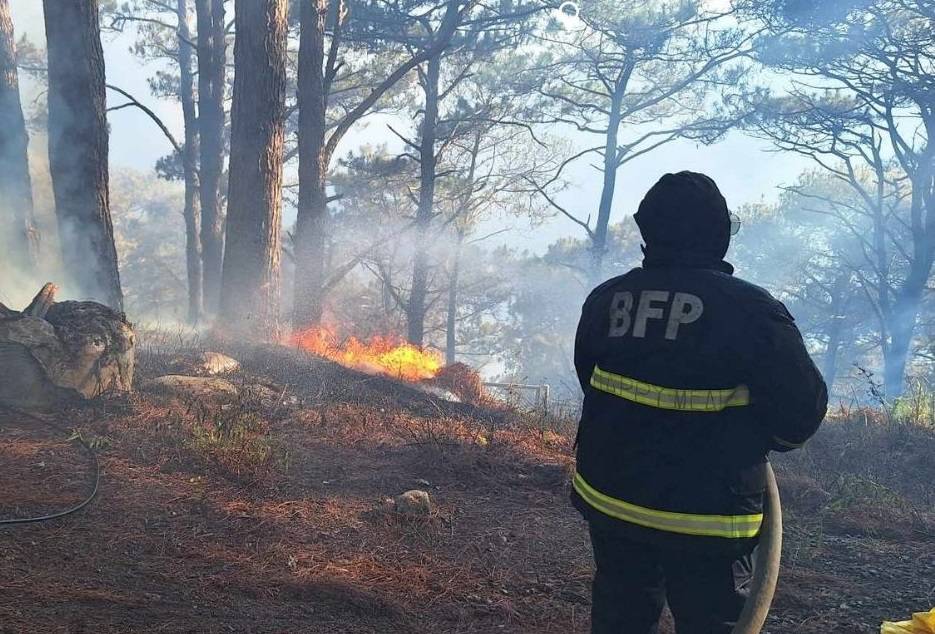
Human activities, they said, “have become an inexhaustible source of wildfires.”
Scientists tallying effects on people and planet are flying planes through smoke belched by raging infernos, scouring satellite images, and scooping samples from soils and waterways.
Fire has played a role in nature for millions of years—some species thrive on it—and human history is entwined with the ability to tame it.
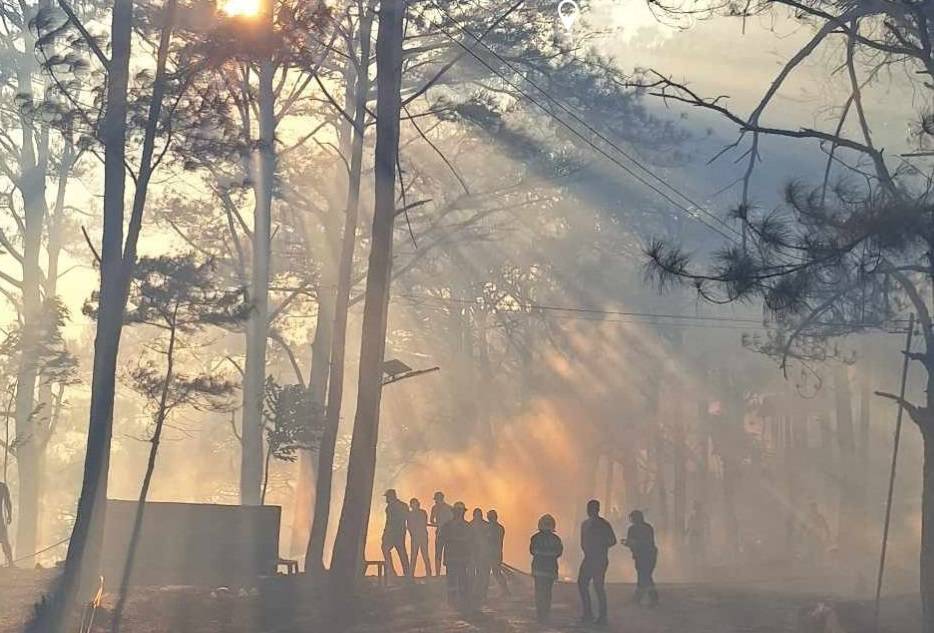
New era
But destructive and intense megafires are now increasing, as humans shape a new combustible era that prominent fire historian Stephen Pyne has called the “Pyrocene.”
“Fire has been a companion and now it’s becoming our worst enemy,” he said.
Tinderbox conditions—a combination of heat, drought, and strong winds often called “fire weather”—are made more common by climate change.
But it is not the only factor.
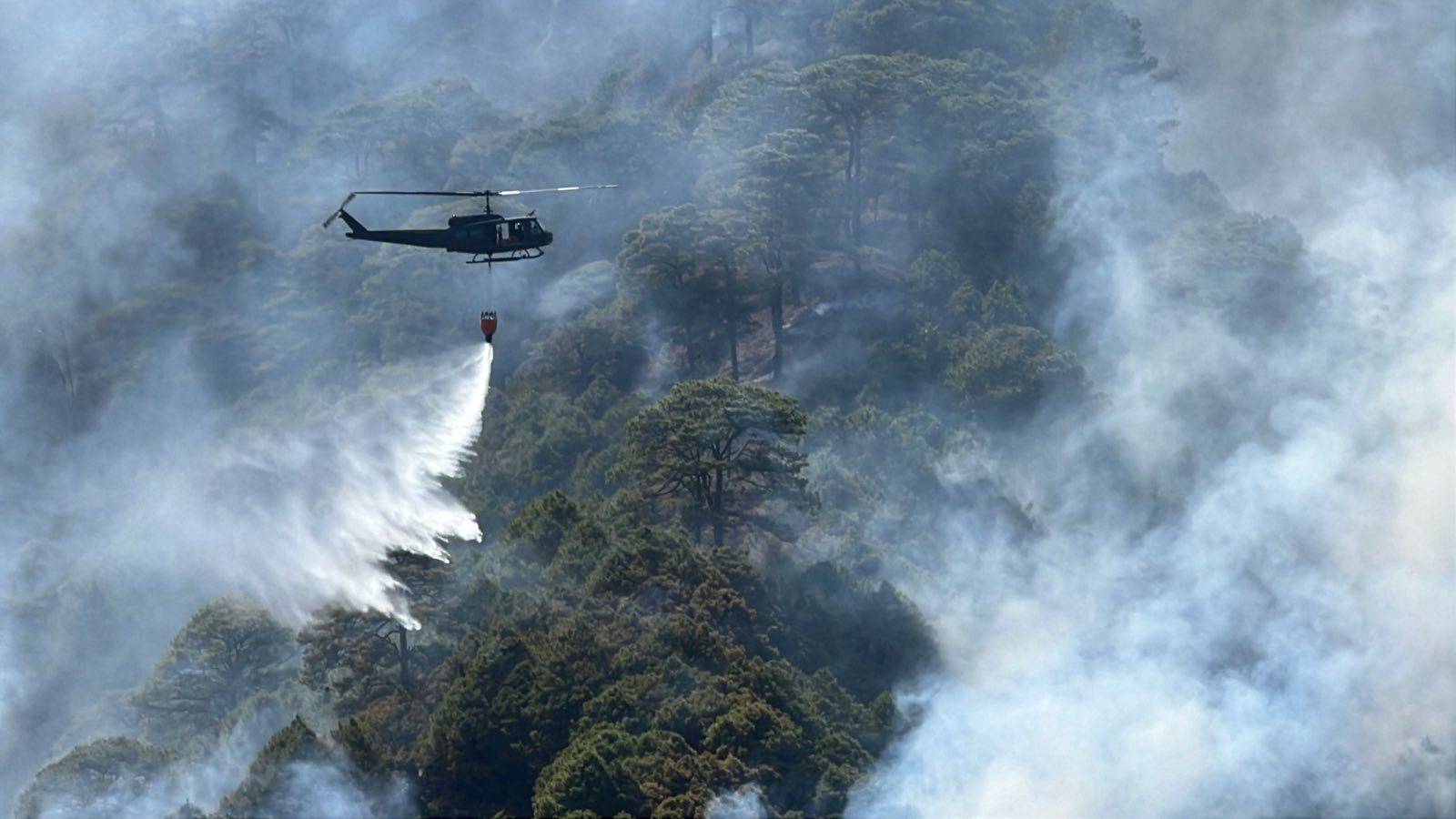
Lightning, power lines, and arson have provided a spark, while damage risk grows as homes and businesses encroach into fire-prone areas.
In some forest regions, decades of overzealous fire prevention have allowed a buildup of flammable vegetation, leading to calls to relearn indigenous fire management techniques.
Intense rainfall—on the rise as warming alters the water cycle—may make things worse, spurring plants to grow fast and then dry into kindling.
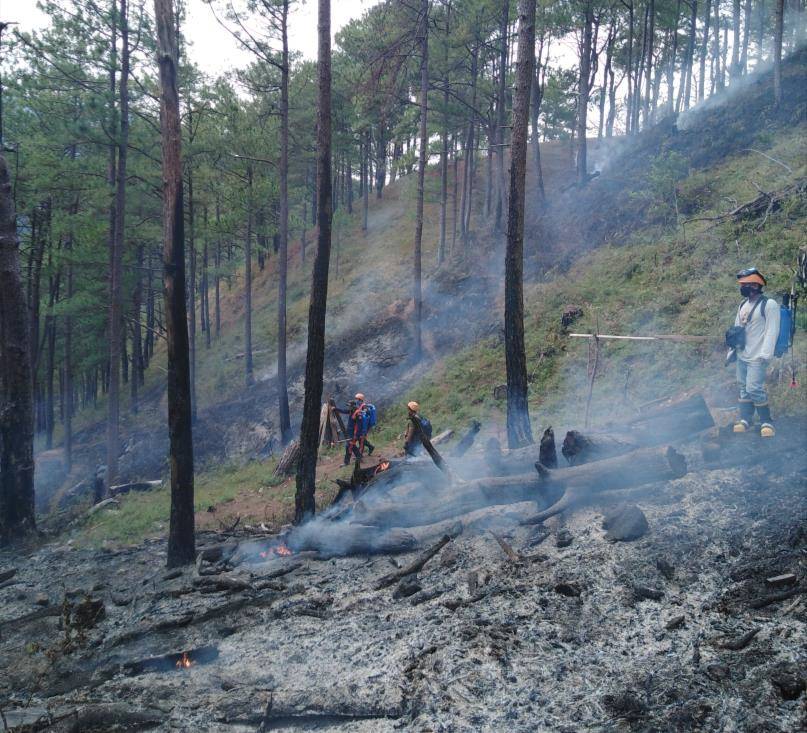
Research in 2021 linked melting Arctic sea ice to larger wildfires in the western United States.
With warming of two degrees Celsius—just above the upper limit of the Paris climate deal—and expected changes in rainfall, wildfires are projected to burn 35 percent more land, the UN’s climate expert panel has said.
There are limitations to humans’ ability to adapt, said Kirsten Thonicke, of Potsdam Institute for Climate Impact Research, as smoke carries pollution huge distances.
“You cannot evacuate Sydney or San Francisco, you can only try to protect people there,” she said, stressing the need to cut planet-heating emissions.
AFP is one of the world's three major news agencies, and the only European one. Its mission is to provide rapid, comprehensive, impartial and verified coverage of the news and issues that shape our daily lives.

















